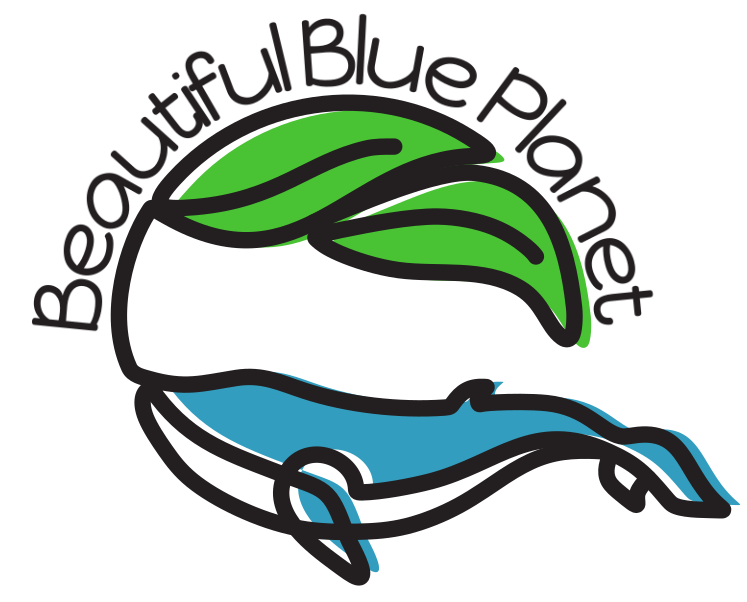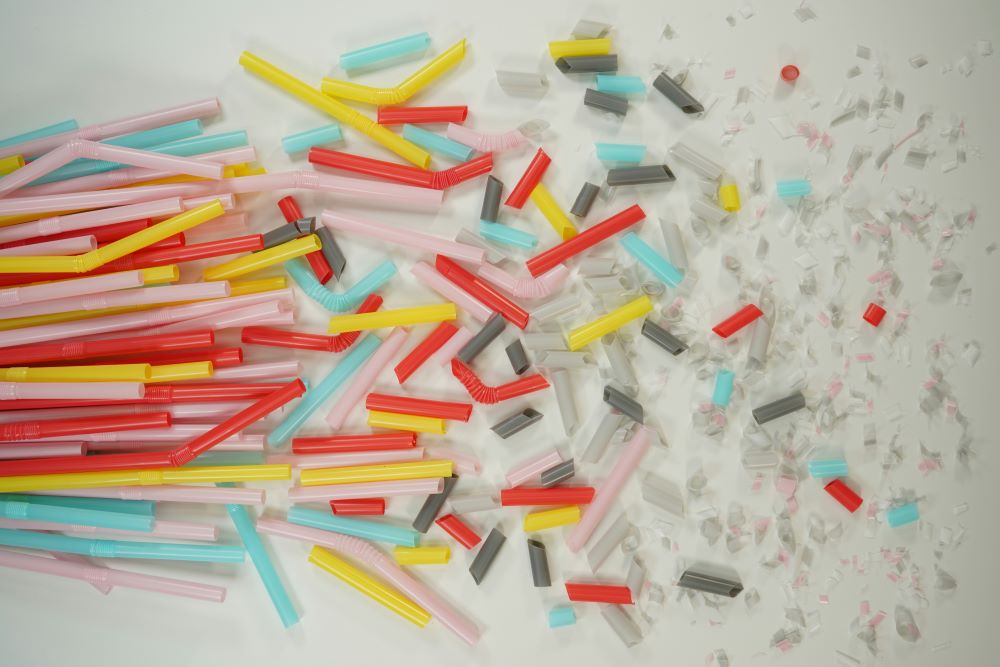Plastics just keep breaking into smaller and smaller pieces. Credit: FlyD on Unsplash
They don’t biodegrade.
Plastics don’t biodegrade because the earth’s microorganisms evolved to only break apart organic molecules that have very specific chemical bonds, ones that are created by nature.
They can break apart the chemical bonds of natural polymers (long-chain molecules)like cellulose (as in the fibrous stuff in cotton and vegetables), lignin (as in the strong stuff in trees), and proteins (as in muscle tissues and hair).
The microorganisms break those long natural polymers down into pieces they can use as food.
Plastics are long-chain man-made molecules with chemical bonds that are not found in nature. So no microorganisms can break these types of bonds. That’s why plastics never go away. They just keep getting smaller and smaller.
Why we have microplastics
The smaller the plastic pieces get, the more they get spread through the environment. Because they are small, they’re not easily seen. And they’re lighter, so they easily get picked up in breezes and wind and get blown… everywhere, even to the most remote parts of the earth. And they get washed into waterways during rains. These are the microplastics.
Microplastics break apart further and they become less visible to the naked eye. Some are even smaller than what microscopes can see. The tiniest plastic particles are nanoplastics. We need very special, newly invented equipment to detect them and identify them.
The really bad thing about nanoplastics
But the really bad thing about nanoplastics is that they easily get into our bodies, mostly from swallowing them or by inhaling them. And since they’re so tiny, they pass through our body’s membranes that are meant to keep toxins out of our organs.
They pass through the intestines and through the lungs to enter the bloodstream. From there the can they can pass through the blood/brain barrier. They can pass through human placentas and on to the developing fetus. And they have.
Every piece of plastic that was ever made that is not secured in a landfill is around still. Any that have been dropped on the ground or ended up in the ocean or in lakes are still there. And they end up breaking into smaller parts. Which then break into smaller and smaller parts.
That’s why we have microplastics in our food, in our drinking water, and even more so in our bottled water. And with nanoplastics? We have a thousands of times bigger problem.
Further Reading
Nanoplastics are Everywhere, and They’re Dangerous
Why Recycled Polyester is Worse for the Planet
Natural Fibers vs. Synthetic Fibers, Which are Better and Why

